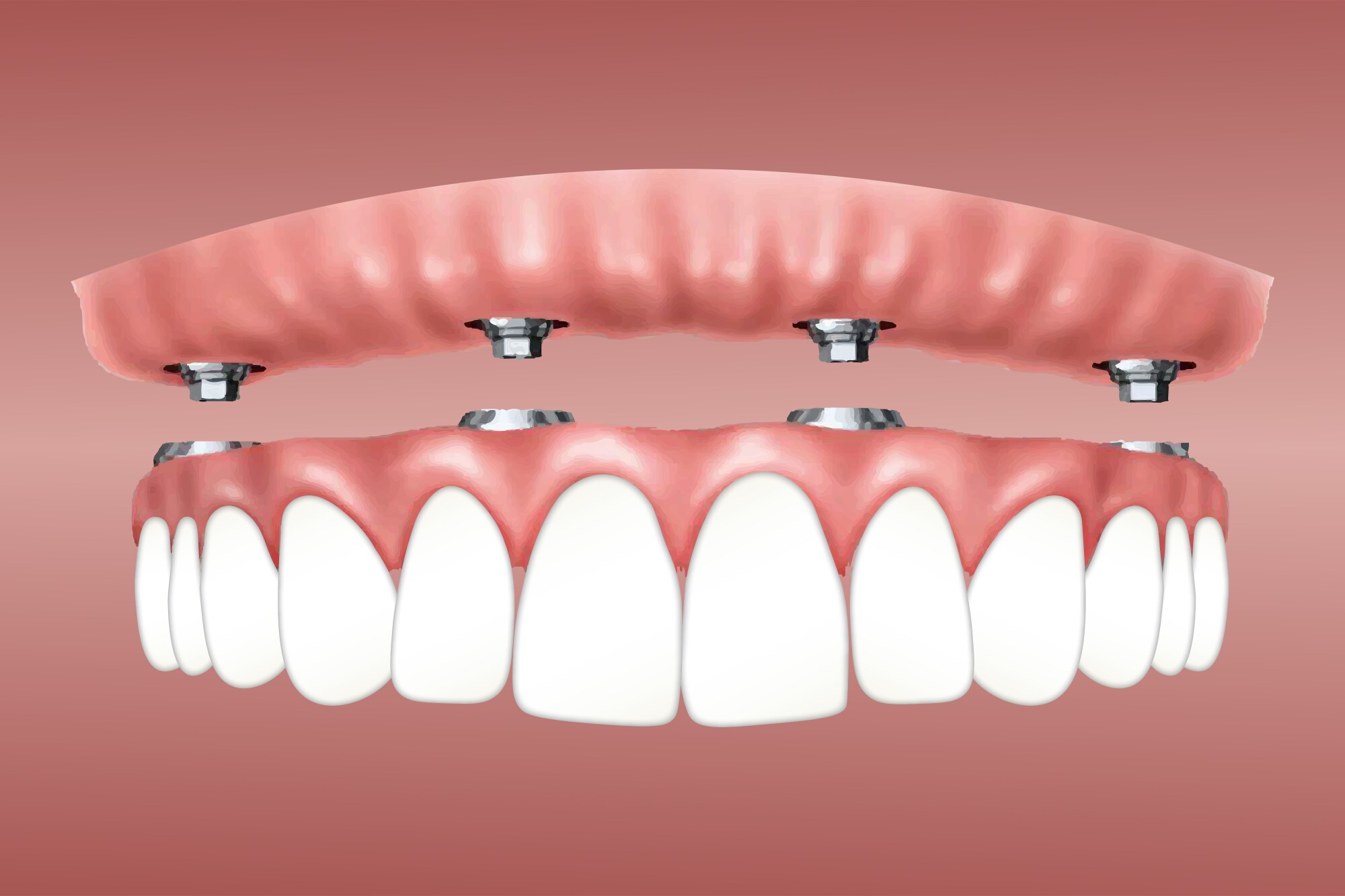All about Dental Sense
Table of ContentsWhat Does Dental Sense Mean?The 9-Minute Rule for Dental Sense4 Simple Techniques For Dental SenseAbout Dental Sense
are medical tools surgically dental implanted right into the jaw to bring back an individual's ability to chew or their look. They give assistance for synthetic (fake) teeth, such as crowns, bridges, or dentures. When a tooth is lost due to injury or condition, an individual can experience complications such as quick bone loss, malfunctioning speech, or modifications to eating patterns that cause discomfort.Dental implant systems contain an oral implant body and oral implant joint and might additionally consist of an abutment addiction screw. Cosmetic dentistry services. The oral implant body is surgically placed in the jawbone instead of the tooth's origin. The oral implant abutment is generally connected to the dental implant body by the abutment fixation screw and extends via gum tissues into the mouth to support the connected synthetic teeth
(https://dentalsense1.bandcamp.com/album/dental-sense)Framework of The Oral Implant System selecting dental implants, talk to your dental provider regarding the potential benefits and dangers, and whether you are a prospect for the procedure. Points to take into consideration: Your general wellness is a vital consider establishing whether you are a great candidate for oral implants, the length of time it will certainly require to recover, and for how long the implant might remain in area.
Cigarette smoking might influence the recovery procedure and reduce the long-term success of the implant. The recovery procedure for the dental implant body might take a number of months or longer, during which time you commonly have a momentary abutment in area of the tooth. the dental implant treatment: Thoroughly follow the dental hygiene guidelines provided to you by your oral provider.
What Does Dental Sense Do?
Implant failing can cause the requirement for another surgery to repair or change the implant system. Recovers the capacity to eat Restores cosmetic appearance Helps keep the jawbone from diminishing because of bone loss Protects the health and wellness of the bordering bone and gum tissues Assists keep adjacent (nearby) teeth secure Improves lifestyle Damage to bordering natural teeth during implant placement Injury to the surrounding tissues throughout surgery, such as sinus perforation Injury throughout surgical treatment (as an example, fracture of surrounding jawbone) Poor function, such as feeling like the teeth do not bite together generally A feeling that the tooth is loose or turning in position resulting from a joint screw loosening Implant body failure (looseness of the implant body) because of systemic infection, which may be much more likely in individuals with unrestrained diabetes because of neighborhood infection in bone and gum tissues supporting the dental implant body due to postponed recovery, which may be most likely in people who smoke Difficulty cleaning up the gum tissues around the implant, resulting in poor oral hygiene Without treatment periodontal illness Post-surgical numbness as a result of nerve impingement or damages Constantly inform healthcare companies and imaging service technicians that you have dental implants before any kind of magnetic vibration imaging (MRI) or x-ray treatments.
FDA is not knowledgeable about any damaging events reported for MRI or x-ray treatments with dental implants. Dental implants systems are typically made from materials that comply with global consensus standards of the International Company for Standardization (ISO) or ASTM International. These criteria have information of what makes a risk-free material.

An oral implant is a structure that changes a missing out on tooth. With screw-like tools, the specialist inserts a dental implant into the jawbone, and it acts as a support for a synthetic tooth, called a crown.
Some Known Incorrect Statements About Dental Sense
Some people are not eligible for dental implant surgical treatment. It is for oral surgeons to run on people with: intense illnessuncontrollable metabolic diseasebone or soft cells illness or infectionIf these concerns are settled, a person can have the surgical treatment. In, dental doctors avoid operating on individuals with: If individuals with any one of the above go through oral implant surgery, there is a higher threat of the dental implant falling short.

Dental dental implant surgery is an individualized process. It's not the very same for everybody. The following provides a basic introduction of what you can expect your dental professional, oral doctor, periodontist or prosthodontist to do: Put the dental implant surgically. Provide you time to heal. Attach the message and final crown, bridge or denture.
Next, your specialist will thoroughly position the oral implant into your jaw. Your doctor will reposition your periodontals and close the incision with stitches. If your implant is near the front of your mouth, your dental professional will make a momentary tooth for you to use up until you recover. This way, you will not have a gap in your smile while you recover.
Our Dental Sense Diaries
Your company can inform you what to anticipate in your situation. Throughout the recovery stage, your jawbone needs to fuse to the oral implant. This procedure, called osseointegration, is critical for security and long-lasting success. This procedure can take anywhere from 3 to nine months. Sometimes, it might take longer.
As soon as your implant heals, your dentist can connect the abutment (little port article) and your last restoration (crown, bridge or denture). This normally takes regarding one hour to complete and might need a 2nd minor surgical procedure. You should not feel any discomfort throughout your oral implant treatment since your company will certainly utilize medication to numb your periodontals.